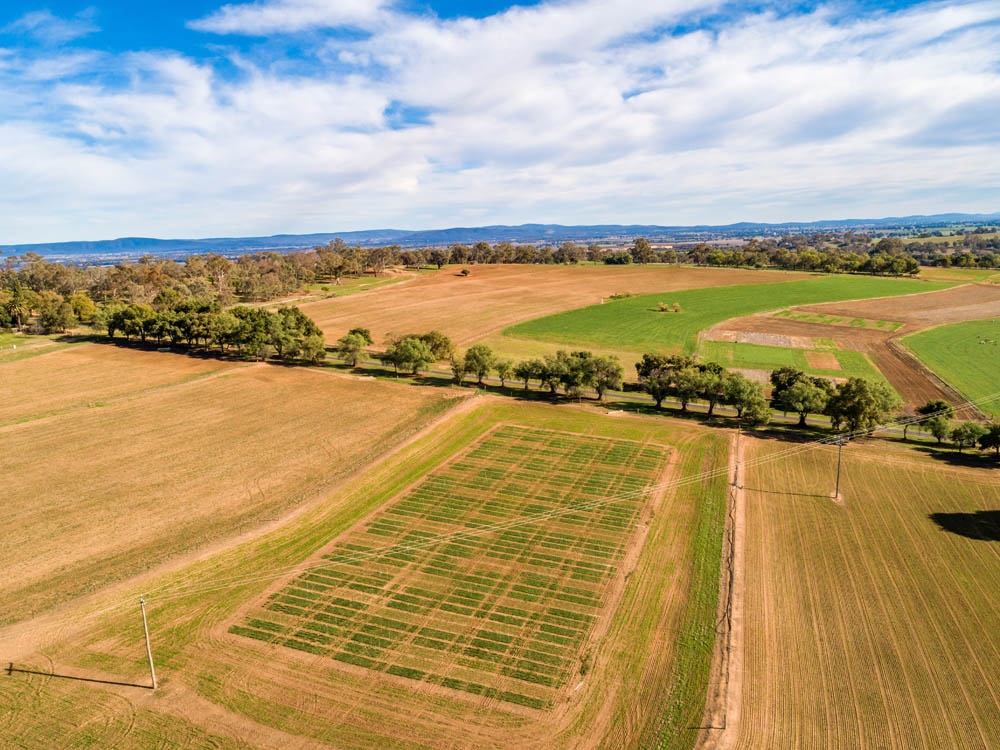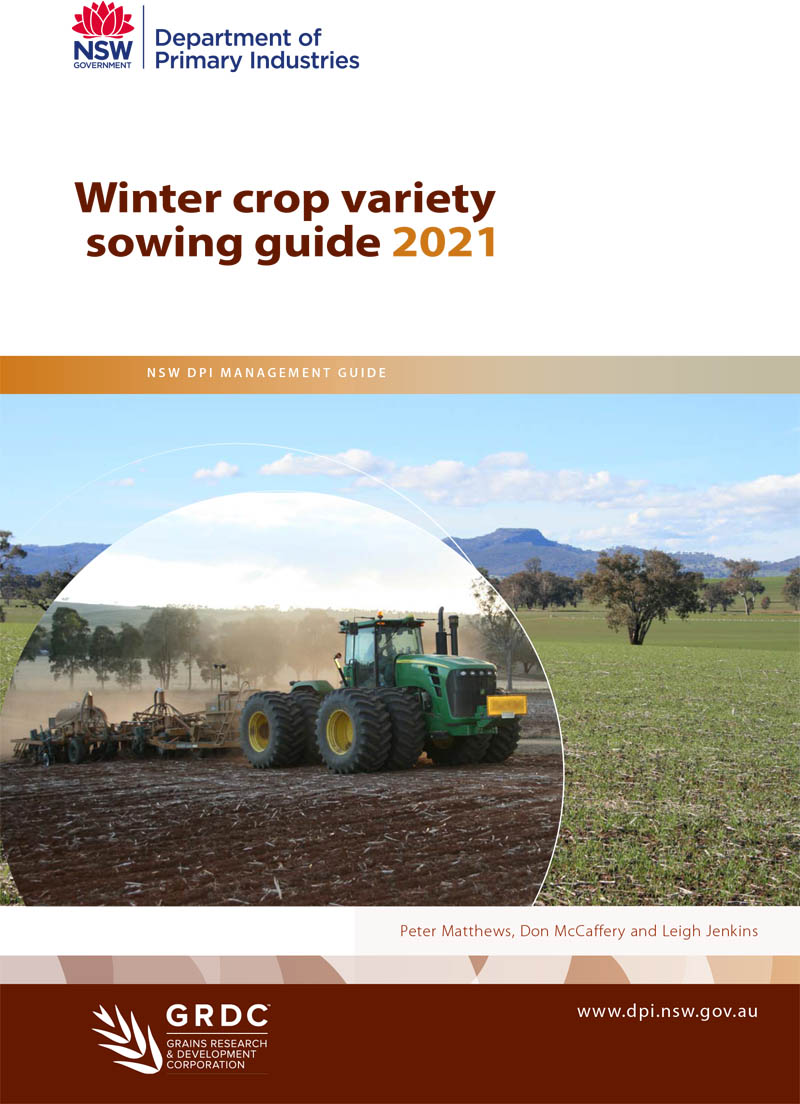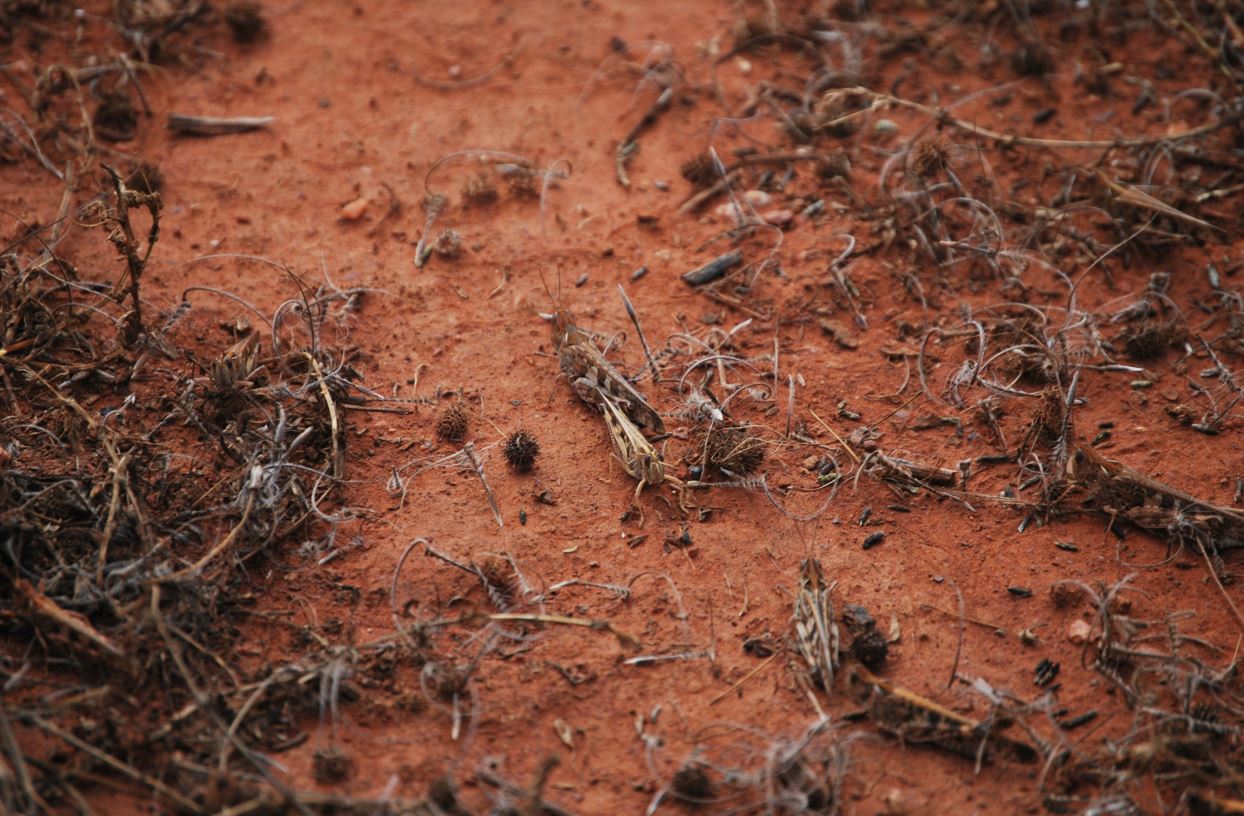While prices received for most crops declined from the drought induced peaks, most remained above the long term trend, with dry conditions in key Northern Hemisphere production regions and strong demand underpinned by varying levels of COVID economic recovery, government stimulus in many countries and ongoing pork herd rebuilding efforts in China. Canola prices were a standout - albeit mostly after the crop had been marketed off farm, as our key competitors, Canada and France, both experienced dry conditions to create production concerns, which combined with lower stock levels helped to bolster domestic prices.
Winter Crops
Grain index is an average of wheat, barley, oats, triticale, sorghum and maize prices. Oilseeds includes canola prices. Pulses is an average of chickpeas, field peas, fababeans and lupins prices. 2013 Quarter 3 represents 100.
These conditions fostered an optimal season for winter cropping operations, with many taking advantage of abundant long fallow land, lower livestock numbers and the early break to achieve plantings 14% higher than the 10-year moving average, at 6.1 million hectares. As the season went on, conditions allowed for increased yields overall, and record yields in the major winter crops of wheat, barley, canola and chickpeas. Overall winter crop production was up 83% on the 10-year moving average and reached extraordinary levels with 18.98 million tonnes produced, which was a record for not only NSW, but across all state jurisdictions to date. 4
Summer Crops
Production of summer crops rebounded with the improved conditions with overall production up sharply year on year but still down 14% on the 10-year moving average. However, results were mixed for different crops, regions and even at a farm level with many influencing factors, such as localised flooding, generally cool conditions at key times, access to water resources and mice damage as some examples.
Regulated River Water Allocations c d
- General Security
- High Security
- Carryover (GS)
Outlook

Global production concerns are likely to be supportive of prices in the short term also. More specifically Canola prices are expected to remain supported with ongoing dry conditions creating production concerns in Canada. The August World Agricultural Supply and Demand Estimates (WASDE) report revised down Canada’s canola production by an astounding 4.2 million tonnes or 20.8%, reflecting the deteriorating condition of the canola crop and crop abandonment. 208
Wheat prices are also likely to be supported with some of the largest exporters facing production woes. Russia’s spring wheat yields were down on expectations due to unusually dry and hot July, while Russian winter wheat estimates continue to be revised down with planting failures higher than average. 197 Canada and Argentina are also facing dry conditions which is affecting production potential, with Canada’s production forecasts being revised down, while global stocks are also estimated to be at the lowest point since 2016. 199 208 This is likely to result in a better competitive position for Australia leading into what is expected to be an above average crop.




